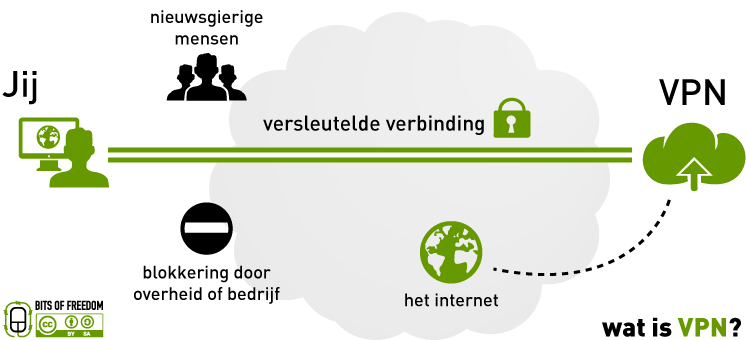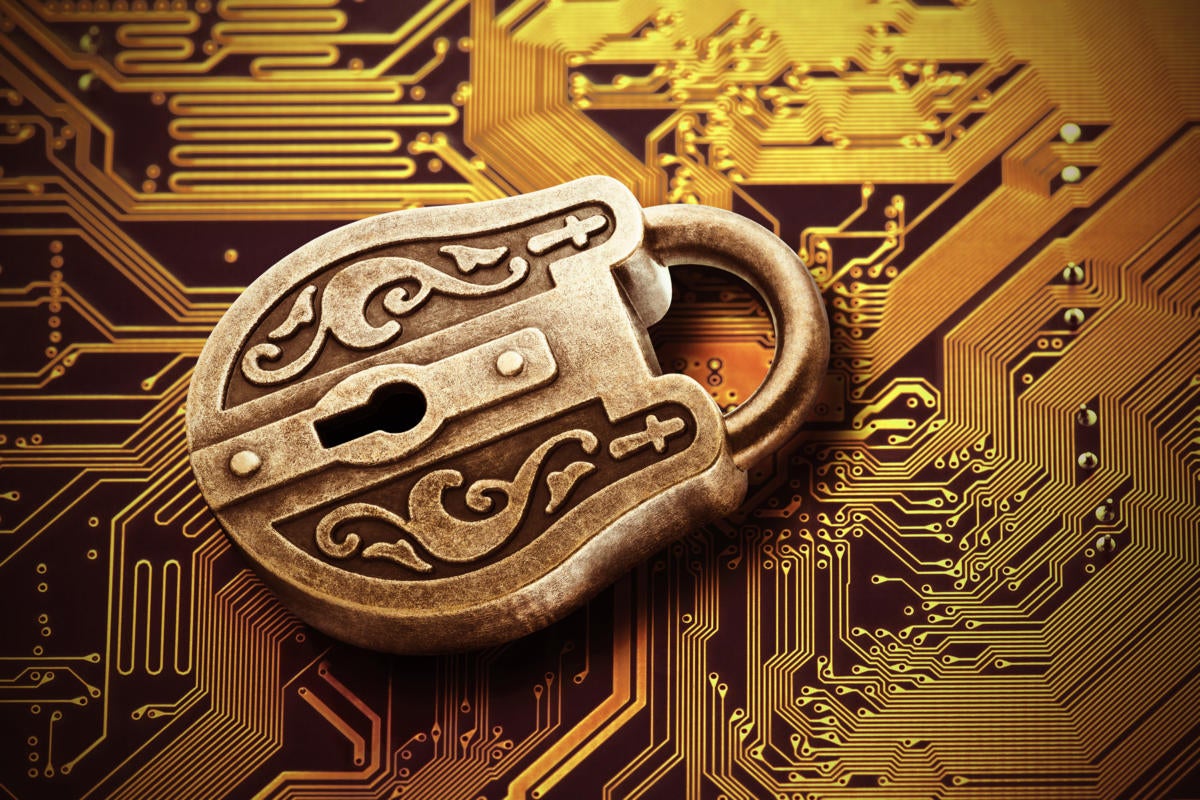
Cyber threats can, in fact, result in electrical blackouts, military equipment failure, or breaches of national security secrets. It won’t be an exaggeration to say that cybersecurity threats affect each aspect of our life. Threats can come from trusted users from within an enterprise and remote locations by unknown external parties. For instance, a hacker may use a phishing attack to get information and break into the network.Ĭyber threats also refer to a potential cyberattack that aims to gain unauthorized access, disrupt, steal, or damage an IT asset, intellectual property, computer network, or any other form of sensitive data. Most of the time, the term ‘blended cyber threat’ is more appropriate, as a single threat may involve multiple exploits. Cybersecurity threats can include everything from trojans, viruses, hackers to back doors.

According to Techopedia, cyber threats look to turn potential vulnerabilities into real attacks on systems and networks. Cyber threats include a wide range of attacks ranging from data breaches, computer viruses, denial of service, and numerous other attack vectors.Īnything with the potential to cause serious harm to a computer system, networks, or other digital assets of an organization or individual is a cyber threat. Cyber Threat Hunting: Definition and Best PracticesĪ cyber threat or cybersecurity threat is a malicious act intended to steal or damage data or disrupt the digital wellbeing and stability of an enterprise.Cyber Threat Management: Definition and Benefits.It also explores related concepts such as cyber threat intelligence and cyber threat hunting and shares the top five best practices for effective cyber threat hunting.

This article looks at the definition of cyber threats, types of cyber threats, and some common examples of threats.

Cyber threats include a wide range of attacks ranging from data breaches, computer viruses, denial of service, and numerous other attack vectors. A cyber threat or cybersecurity threat is defined as a malicious act intended to steal or damage data or disrupt the digital wellbeing and stability of an enterprise.


 0 kommentar(er)
0 kommentar(er)
